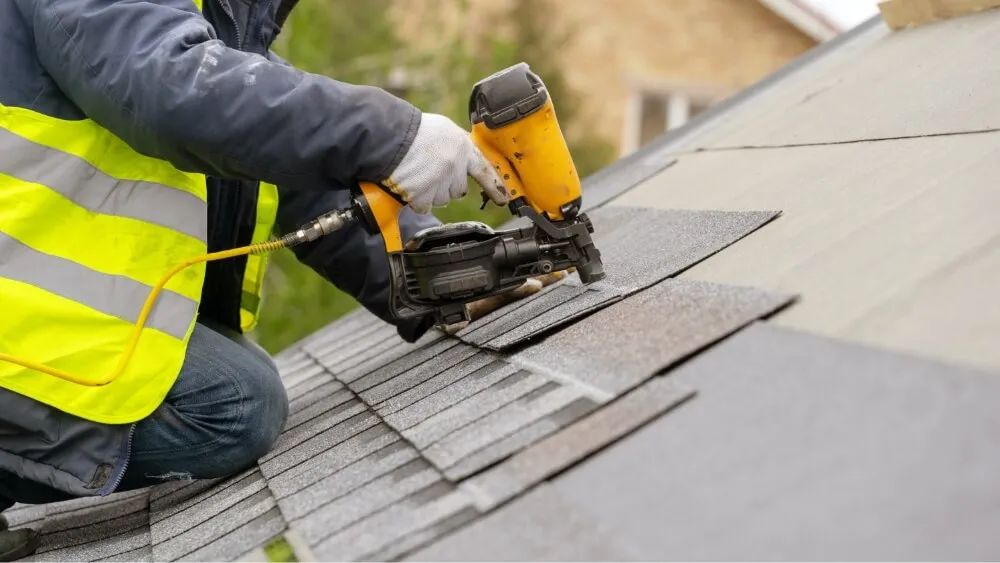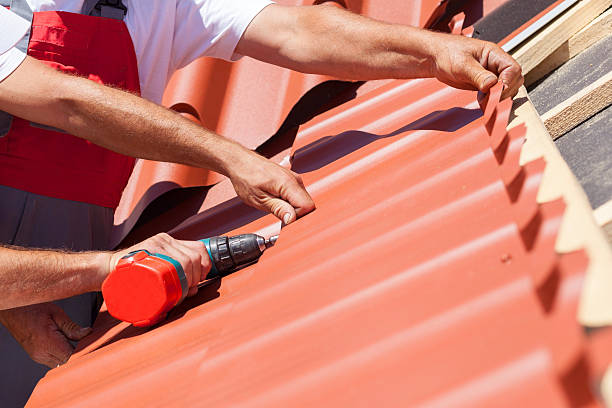How to Review Various Roof Covering Options for Your Structure Demands
Assessing roofing alternatives for your structure calls for a comprehensive method that takes into consideration different elements such as the planned use of the structure, regional climate conditions, and material attributes. It is necessary to evaluate the advantages and disadvantages of different roof covering kinds, from asphalt shingles to metal and clay ceramic tiles, while also considering preliminary costs and lasting maintenance. Additionally, recognizing energy efficiency and visual allure can affect your decision. As you ponder these considerations, one concern remains: which elements will eventually direct your selection for a sustainable and visually pleasing roof remedy?
Assessing Your Structure's Requirements
To efficiently evaluate roof covering choices, begin by completely assessing your building's needs. Begin by thinking about the structure's intended use, as different structures may necessitate varying roof specs. Residential roofings commonly focus on looks and insulation, while commercial structures might focus on resilience and load-bearing ability.
Next, review the regional environment conditions that will impact roof covering efficiency. Elements such as temperature level fluctuations, precipitation degrees, and wind patterns can affect product choice and style. A roof that succeeds in a warm environment might not do as well in areas prone to heavy snowfall or extreme warmth.
Furthermore, assess the structural integrity of your building. Make sure that the existing framework can support the chosen roof products, particularly if considering heavier alternatives. It is additionally crucial to examine any regional building regulations or policies that might determine specific demands for roofing systems.

Contrasting Roof Covering Products
When a thorough evaluation of your structure's requirements has been completed, the following step involves comparing different roof materials. Each product uses distinct benefits and downsides, making it vital to straighten your option with your details needs and conditions.
Asphalt roof shingles are extensively recognized for their affordability and convenience of installation, making them a popular option for residential buildings. On the various other hand, steel roof covering, known for its longevity and durability, can withstand harsh weather but may include a higher initial financial investment.
Clay and concrete tiles offer outstanding thermal insulation and aesthetic allure, especially for Mediterranean-style style, yet they call for a more robust architectural assistance as a result of their weight. Wood shakes deal a natural appearance and excellent insulation homes however might require a lot more upkeep and are susceptible to fire hazards.
Evaluating Cost and Budget
Evaluating your roof choices requires a cautious evaluation of expense and budget considerations. The total spending plan for a roof job consists of several elements, including material prices, labor expenses, upkeep, and prospective lasting cost savings. It is vital to establish a clear spending plan before discovering particular roofing products, as this will certainly assist the decision-making procedure and help you prevent overspending.
Begin by acquiring quotes from numerous contractors to comprehend labor prices in your area. Ensure that these quotes consist of all essential services, such as removal of the old roofing system, setup, and look these up any kind of added features, like insulation or ventilation improvements - Roofing Contractor. Next, examine the expense of different roof covering products, thinking about both initial setup costs and expected life-span

Understanding Power Performance
Power performance plays a critical duty in the option of roof products and systems, dramatically influencing both energy usage and total comfort within a structure. A well-chosen roofing can boost thermal performance, decreasing the requirement for home heating and cooling down systems, which subsequently reduces power expenses and lessens environmental effect.
When assessing roofing choices, think about products that show instead than soak up heat. In addition, proper insulation and ventilation are vital to enhance the energy performance of the entire roof covering system.
One more important variable is the roof's longevity and upkeep requirements. Long lasting products browse around this web-site that require less constant substitute add to lasting power savings. Moreover, the energy performance of a roof can additionally be assessed through its compliance with recognized sustainability scores such as ENERGY CELEBRITY or LEED.
Taking Into Consideration Visual Appeal
A roofing system's aesthetic allure substantially influences the overall look of a structure, enhancing its architectural design and enhancing visual allure. Perrysburg Roofer. When evaluating roofing choices, it is important to consider how the selected material, color, and design will balance with the existing structure and neighborhood. A well-designed roof covering can boost even the simplest of buildings, changing them right into visual centerpieces
Different roofing products provide various visual qualities. Conventional tiles may evoke a traditional charm, while metal roof can pass on a modern-day, smooth appearance. In addition, the color of the roof covering product plays a vital function; lighter tones can make a structure appear more roomy, while darker tones may produce a cozier ambiance.
In addition, building components, such as dormers and eaves, can enhance the roofing system's aesthetic influence. It is a good idea to seek advice from with expert developers or designers to ensure the picked roofing option straightens with the total style intent. Ultimately, a roof covering must not only provide practical advantages however additionally add positively to the building's aesthetic, showing the owner's preference and the personality of the surrounding environment.
Conclusion
